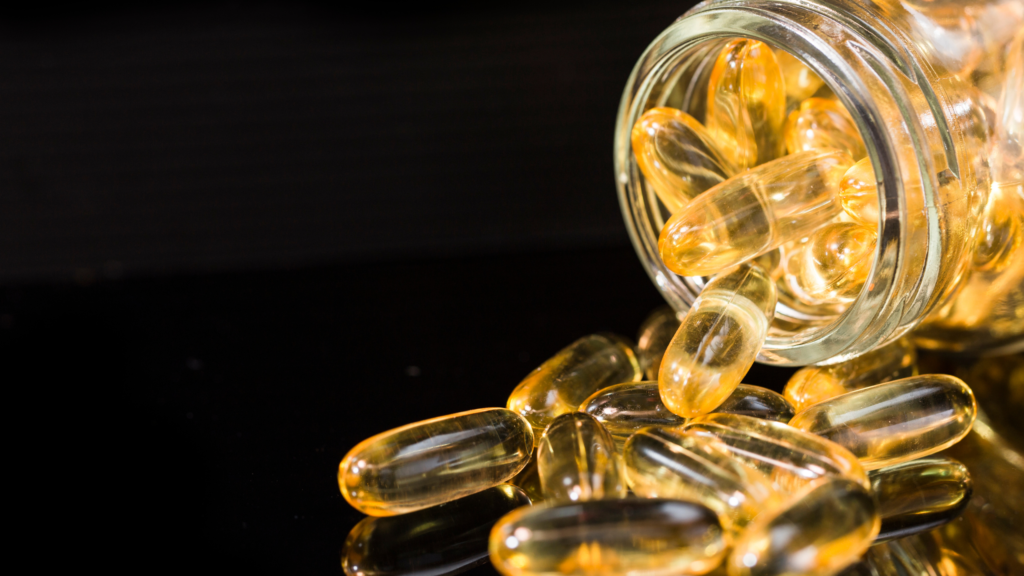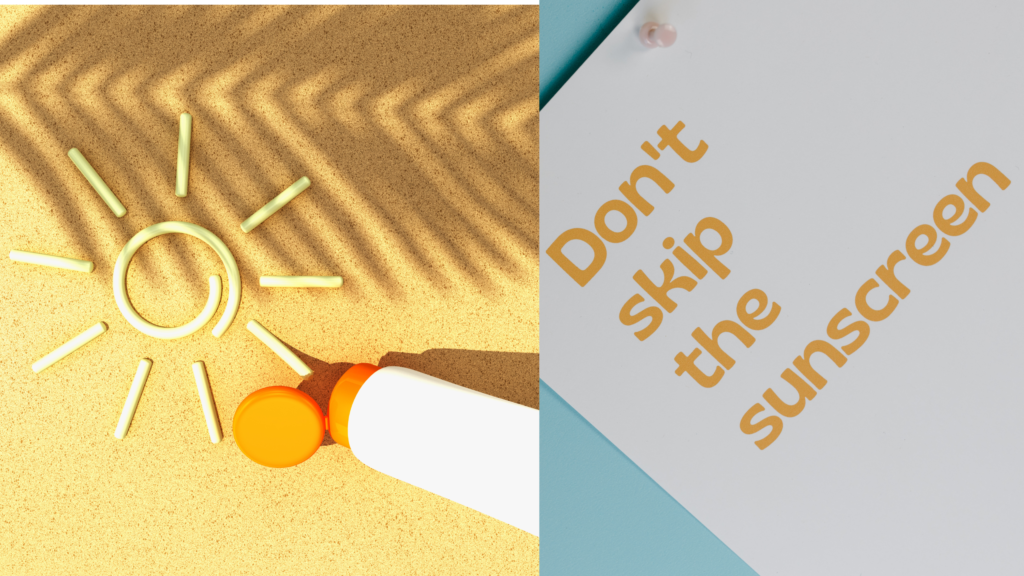Summer is fast approaching, and the quest for effective sun protection is on.we delve into the latest trend in sun protection: oral sunscreen.

Main Focus Points :
Introduction
Summer is fast approaching, and the quest for effective sun protection is on we delve into the latest trend in sun protection: oral sunscreen . With claims of providing internal protection against harmful UV rays, oral sunscreens are gaining popularity. But how do they stack up against traditional sunscreens? Let’s explore this in detail.
ALSO READ : Gemini 1.5 Pro at Google I/O 2024-The Next Frontier Explore the Power of AI
Types and Categories
Traditional Sunscreens
Chemical Sunscreens: These contain organic (carbon-based) compounds that create a chemical reaction, changing UV rays into heat and then releasing that heat from the skin.
Physical (Mineral) Sunscreens: Contain active mineral ingredients, such as titanium dioxide or zinc oxide, which physically block and scatter UV radiation.

Oral Sunscreens
Antioxidant Supplements: Often contain ingredients like Polypodium leucotomos, a fern extract believed to reduce UV-induced damage.
Carotenoid Supplements: Includes beta-carotene, lycopene, and astaxanthin, which are thought to enhance skin’s natural defense against UV rays.
Symptoms and Signs of UV Damage
Common Symptoms
Sunburn: Red, painful skin that feels hot to the touch.
Tanning: A sign that skin cells are being damaged by UV rays.

Uncommon Symptoms
Photodermatitis: An allergic reaction that occurs after exposure to sunlight.
Polymorphous Light Eruption (PMLE): An itchy rash caused by sun exposure.
Causes and Risk Factors
Biological Factors
Skin Type: Fair-skinned individuals are more susceptible to UV damage.
Genetics: Family history of skin cancer increases risk.
Environmental Factors
Geographical Location: Proximity to the equator increases UV exposure.
Altitude: Higher altitudes have more intense UV radiation.
Lifestyle Factors
Outdoor Activities: Increased sun exposure from outdoor sports or work.
Tanning Practices: Use of tanning beds significantly raises risk.

Diagnosis and Tests
Common Diagnostic Tools
Visual Examination: Dermatologists inspect the skin for signs of damage.
Dermatoscopy: A handheld device used to examine skin lesions.
Advanced Tests
Biopsy: Taking a skin sample to test for cancerous cells.
UV Photography: Shows sun damage not visible to the naked eye.
Treatment Options
Traditional Sunscreens
Topical Application: Regular application of SPF 30 or higher.
Broad-Spectrum Protection: Shields against both UVA and UVB rays.
Oral Sunscreens
Daily Supplements: Regular intake of antioxidant and carotenoid supplements.
Dietary Adjustments: Consuming foods rich in protective compounds like vitamins C and E.
Preventive Measures
Using Traditional Sunscreens
Regular Application: Apply every two hours and after swimming or sweating.
Proper Coverage: Ensure all exposed skin is covered.
Incorporating Oral Sunscreens
Daily Intake: Consistent consumption as directed.
Combined Approach: Using oral sunscreens as an adjunct to traditional methods.
Personal Stories or Case Studies

Emily’s Experience with Oral Sunscreens
Emily, a 30-year-old avid hiker, started using oral sunscreens along with her traditional sunscreen. She noticed less sunburn and overall healthier skin after six months.
John’s Mixed Results
John, a lifeguard, relied solely on oral sunscreens and experienced significant sunburn. This highlights the importance of combining oral supplements with topical protection.
Expert Insights
Dr. Jane Smith, Dermatologist
“Oral sunscreens can be a useful addition but should not replace traditional sunscreens. They may offer extra protection for those with high sun exposure.”
Dr. Michael Lee, Nutritionist
“Supplements like Polypodium leucotomos have shown promise in studies, but more research is needed. They should be part of a broader sun protection strategy.”
The Restrictions of Oral Sunscreen
FDA regulations nonexistent (product quality and formulation will vary)
Not a replacement for topical sunscreen (which raises the price and number of steps in a sun protection program).
Oral sunscreens are an exciting development in sun protection. However, they are not a complete replacement for traditional sunscreens. Combining both methods, along with other protective measures like wearing hats and sunglasses, offers the best defense against harmful UV rays. Stay informed and protected as you enjoy the sun safely.
